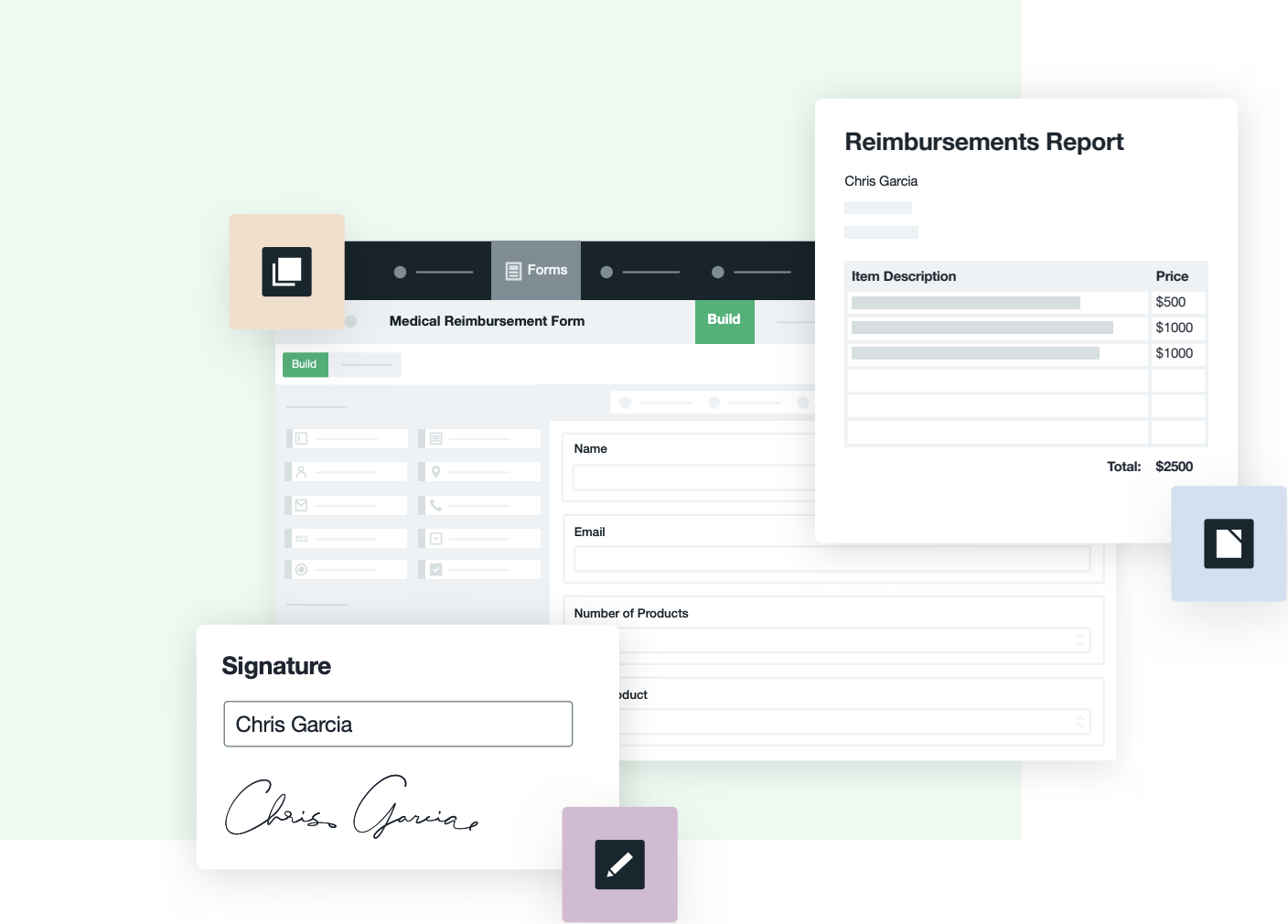There has never been a more important time for healthcare organizations to prioritize digital transformation. Patients' expectations, federal regulations, and community needs are constantly changing. In order to stay afloat, providers must quickly develop workflows and adopt new technologies. For some organizations, new digital workflows stick, are regularly updated, and provide a lot of value. But oftentimes, hastily established workflows are not widely adopted and departments revert to relying on paper or legacy systems.
Now is the time to review what’s working for your organization and what’s not. We’ve developed this checklist to help you audit your organization, so you can close gaps in care delivery and provide a great experience to your patients.

#1: Picking the Project
You can’t tackle digital transformation all at once. For the best results, begin with one specific project and grow from there.
- Create a list of your biggest workplace challenges
- Identify processes that are inefficient, time-consuming, and/or paper-based
- Talk with your back office to discover which issues impact other departments
- Prioritize projects by most impactful to least impactful
#2: Gathering Buy-In
Need to get hospital administrators or senior staff on board? It’s all about proving the value of the project.
- Identify how digitization can save time, money, and resources
- Interview employees to gather helpful quotes and insights
- Look for ways to transform the entire organization rather than just one department
- Create a project proposal that projects overall ROI, anticipated reductions in patient wait times, and communication improvements
#3: Getting Started
Once you have your project identified and leaders on board, it's time to make things happen.
- Compile a cross-functional team to drive the project forward
- Audit the current process from start to finish to identify issues and needs
- Develop a strategy that outlines the problem, goals, timeline, outcomes, and budget
- Connect with IT and compliance to level set on any must-haves
#4: Selecting the Right Technology
The most important part of a digital transformation is finding the right tools and technology.
- Develop a list of must-have and nice-to-have features, such as EHR integration or open API
- Look for no-code solutions that any team member can use to solve their problems
- Research solutions and compile a list of those that best fit the needs of your project
- Book demos, start trials, and have team members test tools for usability and functionality
Related: How to Conduct a Tech Stack Audit for Smoother Operations
#5: Perfecting Communications
Producing successful digital transformations depends on strong communication.
- Document the basics (who, what, when, where, and why) within your source of truth
- Set weekly check-ins with all those involved in the project
- Send bi-weekly communications out to any departments impacted by the transformation
- Continuously update the status of project steps, milestones, timelines, and goals
#6: Launching Smoothly
A well-executed launch can make or break the adoption of your new process.
- Test any new tools, processes, and workflows multiple times
- Document the entire process from start to finish in simple steps and terms
- Get users outside of the project team to test and provide feedback
- Designate one person to handle all questions, concerns, and issues
#7: Tracking Progress
Staying informed on adoption and gathering feedback is crucial to building forward momentum.
- Report on tech usage, process adoption, and general project goals
- Set up open meetings for users to seek help, ask questions, or make suggestions
- Create a survey to gather feedback and ideas on future improvements
- Keep communication steady with updates on progress, milestones, and ROI
#8: Reflecting on Success
Digital transformations don’t happen overnight. Set yourself up for continued success by reflecting on the process.
- Set a debriefing meeting with the team to discuss what went well and what didn’t
- Compare results to goals to identify shortcomings and successes
- Iterate on your original plan to make improvements identified through feedback
- Plan for what’s next, whether that’s expansion of the current project or a new initiative

Transform Your Healthcare Organization
Discover how Formstack’s suite of workplace productivity tools make it easy to digitize processes, save time, and do your best work. Quickly automate the processes that matter most to your organization—securely, in the cloud, and without code.









